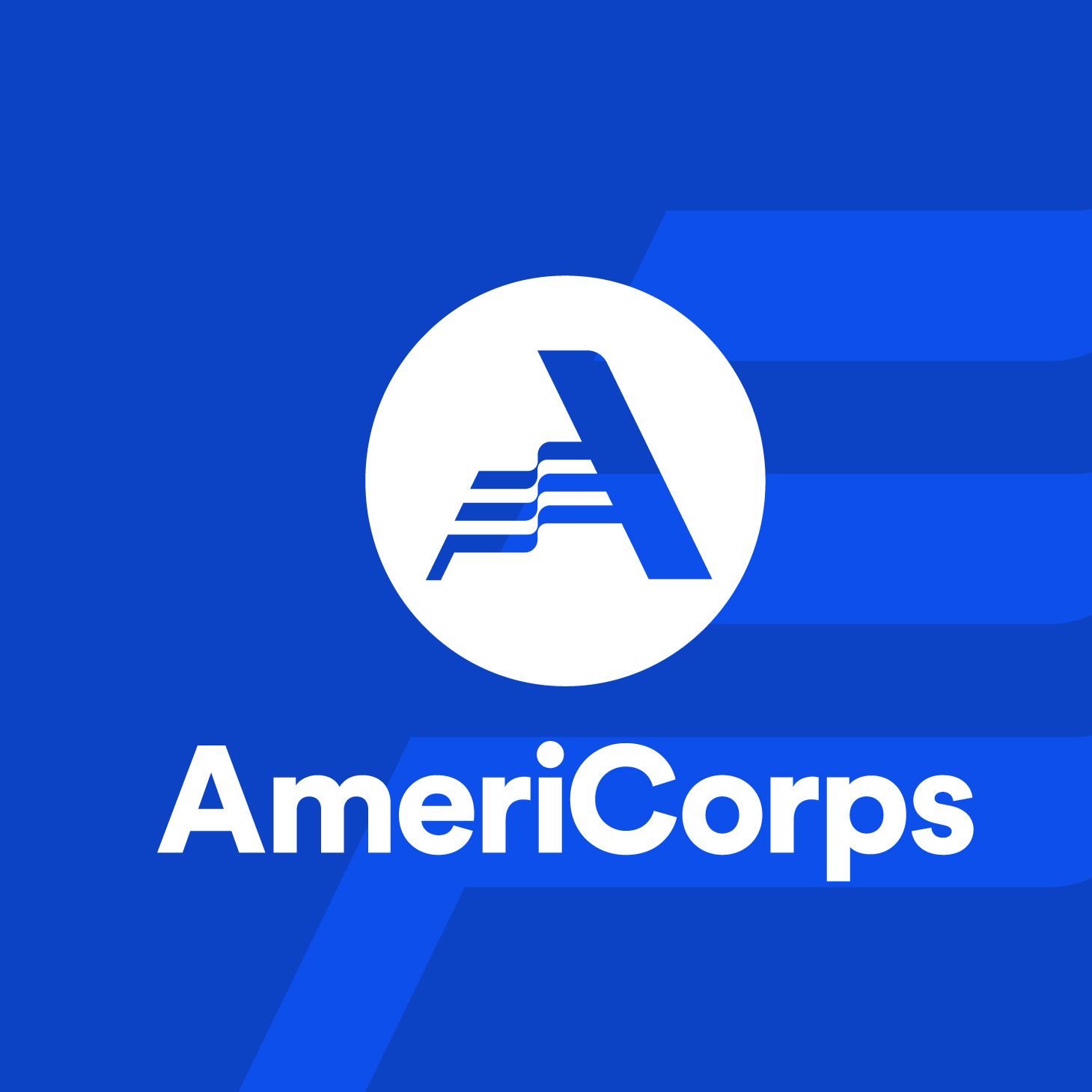
Imagine that you have been picked up from the East Coast and dropped into Montana. Everything once familiar to you is gone – and replaced by golden, rolling plains, and jagged, looming mountains. Rivers twist through the landscape connecting mountains to ranches to cities. Water, which you once took for granted, is a heavily coveted resource that all too quickly dries up.
When I came to Montana as a Montana Conservation Corps Fellow in May of 2023, I had no idea what I was getting myself into. Suddenly I found myself jumping into the deep end of a water restoration project at the Rocky Mountain Front. I represented my host site, the Sun River Watershed Group, in planning, monitoring, and constructing the project with the Bureau of Land Management and the National Wildlife Federation.
My learning curve was steep. My partners guided and instructed me throughout the whole process. I learned that rivers bend and move naturally, but that recent human activity has tried to straighten and confine them. I learned that the more humans try to control rivers, the more the rivers dig into the Earth, carving deep and skinny lines. The water shoots through these like a fire hose – until the water is gone. When rivers become incised like this, nothing wins. Humans, animals, and other organisms struggle as access to water becomes limited and short-lived. To fix this incision, the river needs to widen and slow back down, so the water can remain on the land longer.
At the heart of our project was simplicity. We wanted to use simple fixes that did not require lots of time, energy, or money. We drew inspiration from natural structures, like beaver dams. For our project on Arnold Coulee Creek, we spent four days camping and cutting natural materials (willow trees) with volunteers. Then, an MCC crew spent 10 days building 38 structures by weaving willow trees through wooden posts in the creek. These structures, called BDAs (beaver dam analogs) partially blocked the creek, forcing it to rise and widen. In doing so, the creek slowed down and small pools of water were created for fish to hang out in.
This type of simple fix that is based on natural processes is a form of Low-Tech Process-Based Restoration. It can also be referred to as biomimicry. With the help of a little nudge from us humans, the goal is for the creek or river to slowly heal itself over time. With this type of restoration, we know that our structures will not last forever, so we welcome change. Sometimes the structures simply break down over time, other times beavers stumble upon them and maintain them. Whatever happens, we hope that this project helps the water and land to heal. We also hope that our project can be used by other landowners, organizations, and agencies as inspiration for their restoration efforts – so we held two workshops for people to come out and learn more about the project.
I know that wherever I go next and whatever I do, I will remember this project. I will remember how kind my partners and host site were in teaching me, how I learned to camp and cut willows, and most importantly, to see hope in the simple things around me.
--
For more information on the Arnold Coulee Restoration Project visit the website for the Sun River Watershed Group or contact tracy@sunriverwatershed.org

![[Image Description: Four MCC members wade across a river. In the background, there are hillsides covered in gold from the quaking aspens, and deep green pine trees.]](https://cdn.firespring.com/images/bc3da824-0c18-4b37-a2dd-27ae52872fd1.jpg)




